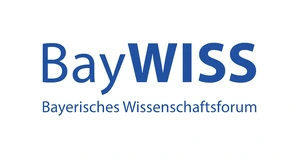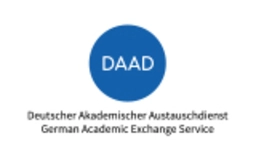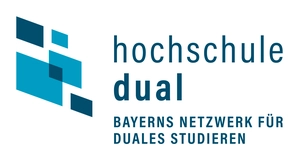From April 8 to 10, 2025, Prof. Matthias Huber, Niklas Denter (research associate; both from the Institute of new Energy Systems – InES at Technische Hochschule Ingolstadt), and colleagues from Lorica Energiesysteme GmbH & Co. KG conducted a technical excursion to Høje Taastrup, Denmark. The purpose of the trip was to visit an innovative pit thermal energy storage (PTES) system, which is currently unique in the context of large-scale district heating systems in Denmark.
The storage unit has a volume of 70,000 m³, a charging and discharging capacity of 30 MW, and a thermal storage capacity of 3,300 MWh. In contrast to the seasonal PTES systems commonly used in Denmark—designed for long-term heat storage over several months—this unit is operated as a dynamic short-term storage system, with charging cycles lasting one to two weeks. For Copenhagen’s district heating network, this represents a significant step toward greater flexibility: Around 25 to 30 complete loading and unloading processes per year are currently realized, which is an uncommon operating mode for storage systems of this scale.
Integrated into the urban district heating network, the storage facility allows for the efficient absorption and demand-driven provision of surplus heat from various sources, including combined heat and power (CHP) plants and waste incineration facilities. Technically, the system is characterized by a newly developed polypropylene membrane that seals the ground and sidewalls and withstands temperatures of up to 90 °C. The specially designed cover consists of ten modular units that enable efficient rainwater drainage while contributing to the thermal efficiency and weather resistance of the system through their diffusion-open and insulated structure.
The insights gained on site will directly inform the joint project work of Lorica and InES, which focuses on the development of economically viable and technologically future-proof district heating systems based on renewable energy sources.
Inspiration from Denmark: Pit Thermal Energy Storage for the Heat Transition
Viewing: On the lid of the earth reservoir in Høje Taastrup. From the left: Ulf Müller, Volker Göttsche, Lutz Busse, Xaver Neuhäusler and on the far right Meet Nagar (colleagues from Lorica Energiesysteme GmbH & Co. KG). Matthias Huber (THI, InES, 3rd from right), Niklas Denter (THI, InES, 2nd from right).
Back



![[Translate to English:] Logo Akkreditierungsrat: Systemakkreditiert](/fileadmin/_processed_/2/8/csm_AR-Siegel_Systemakkreditierung_bc4ea3377d.webp)








![[Translate to English:] Logo IHK Ausbildungsbetrieb 2023](/fileadmin/_processed_/6/0/csm_IHK_Ausbildungsbetrieb_digital_2023_6850f47537.webp)


